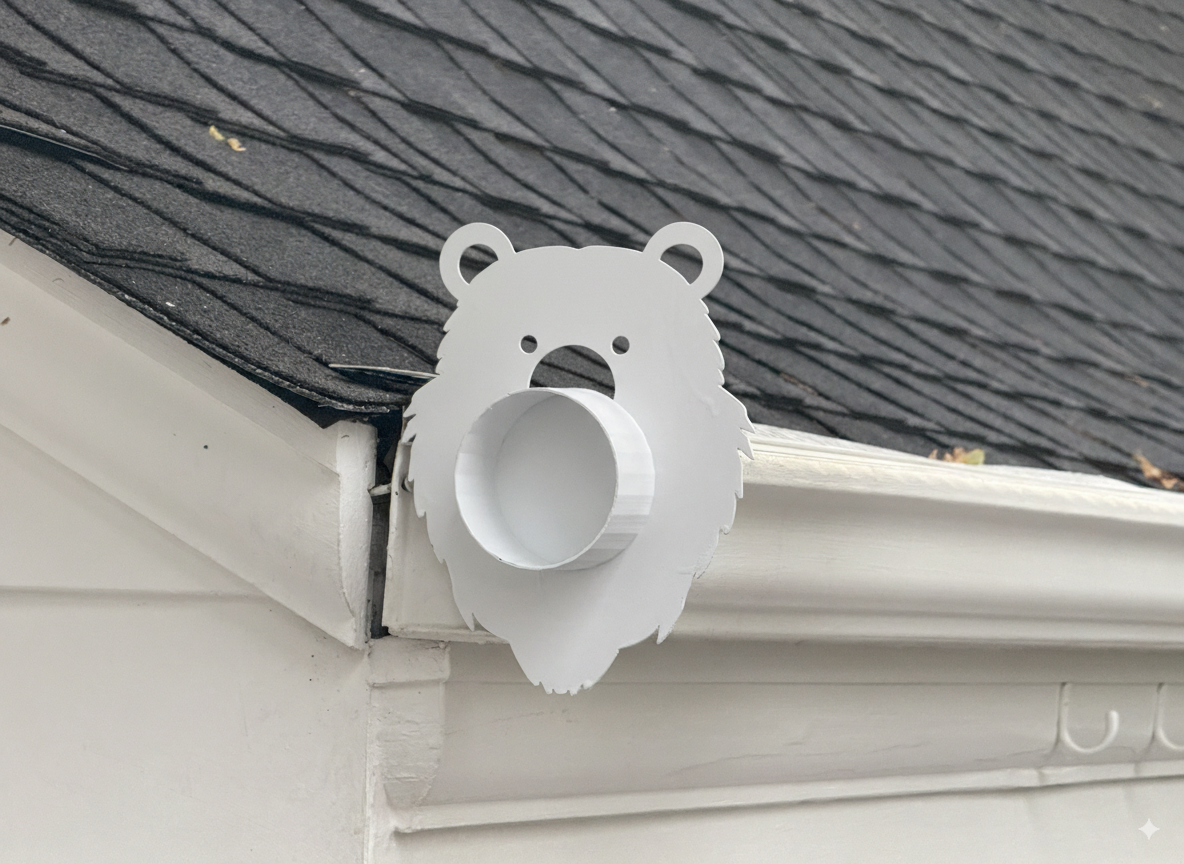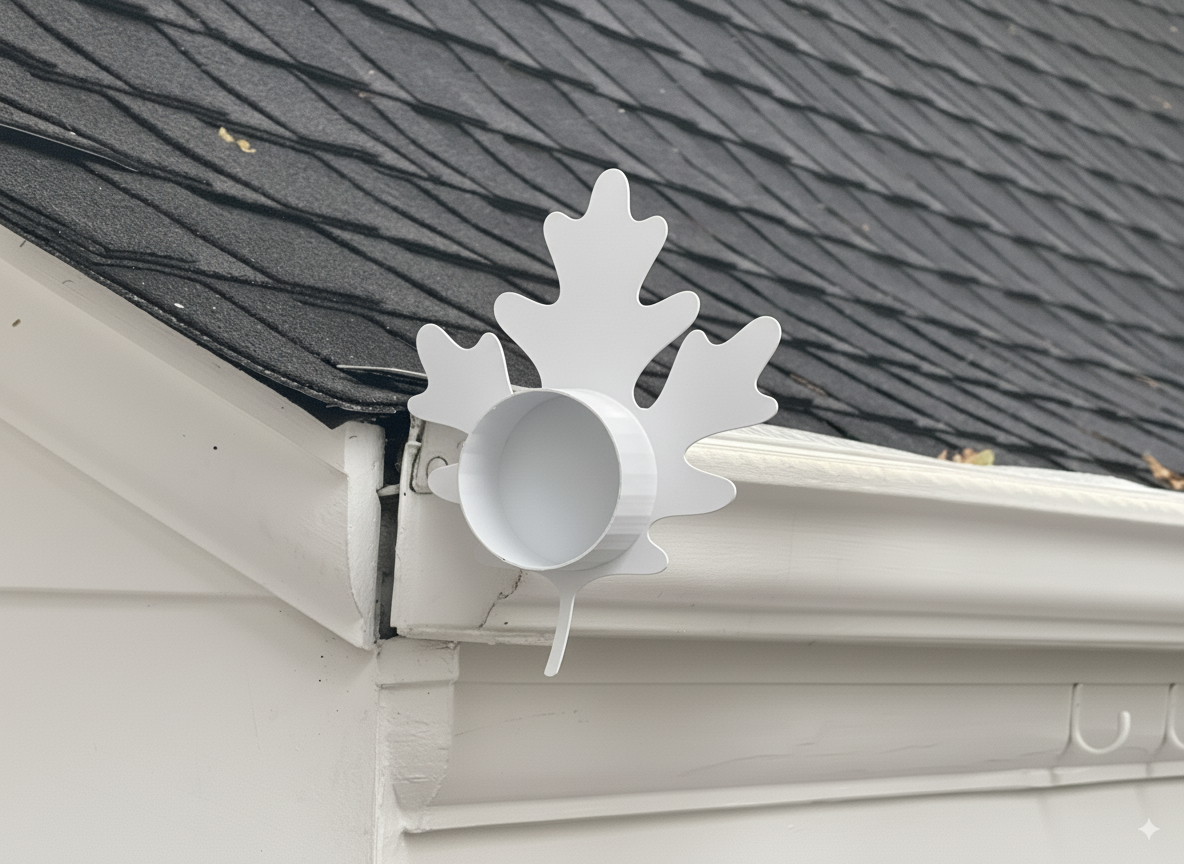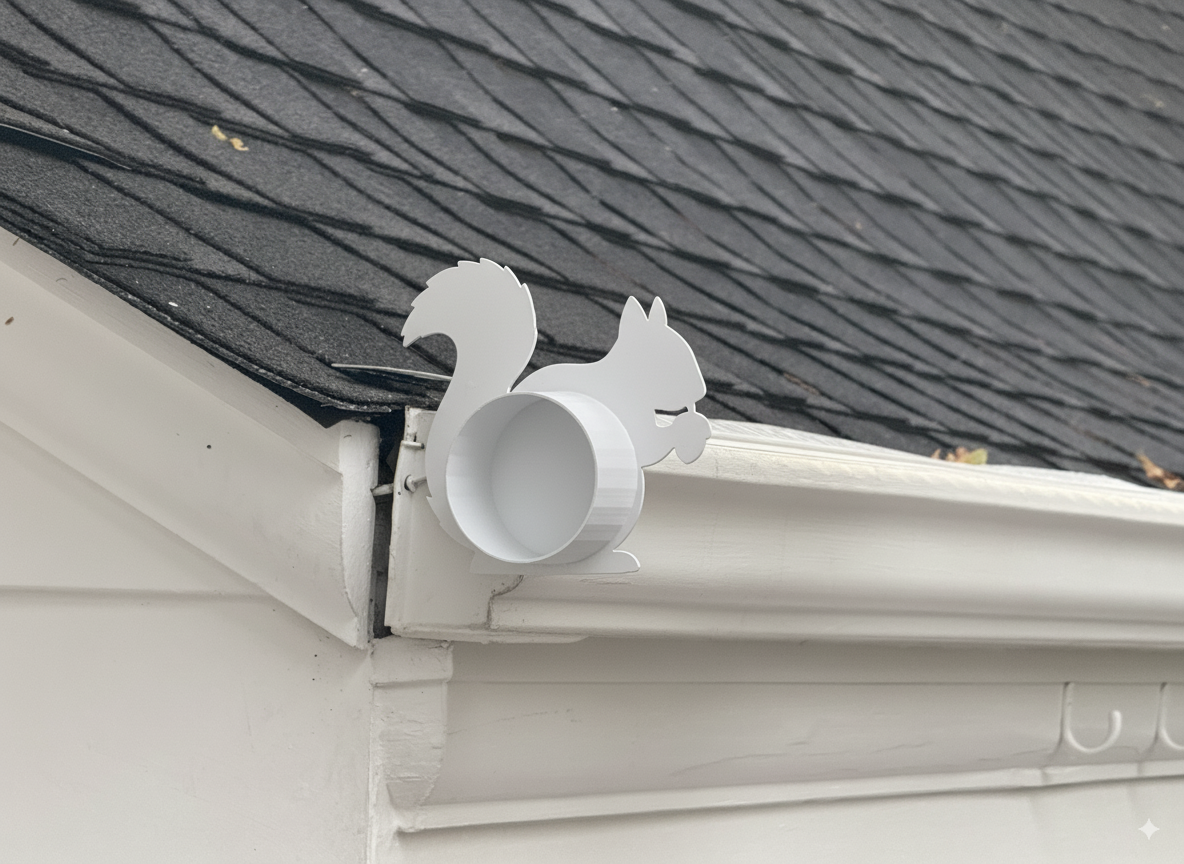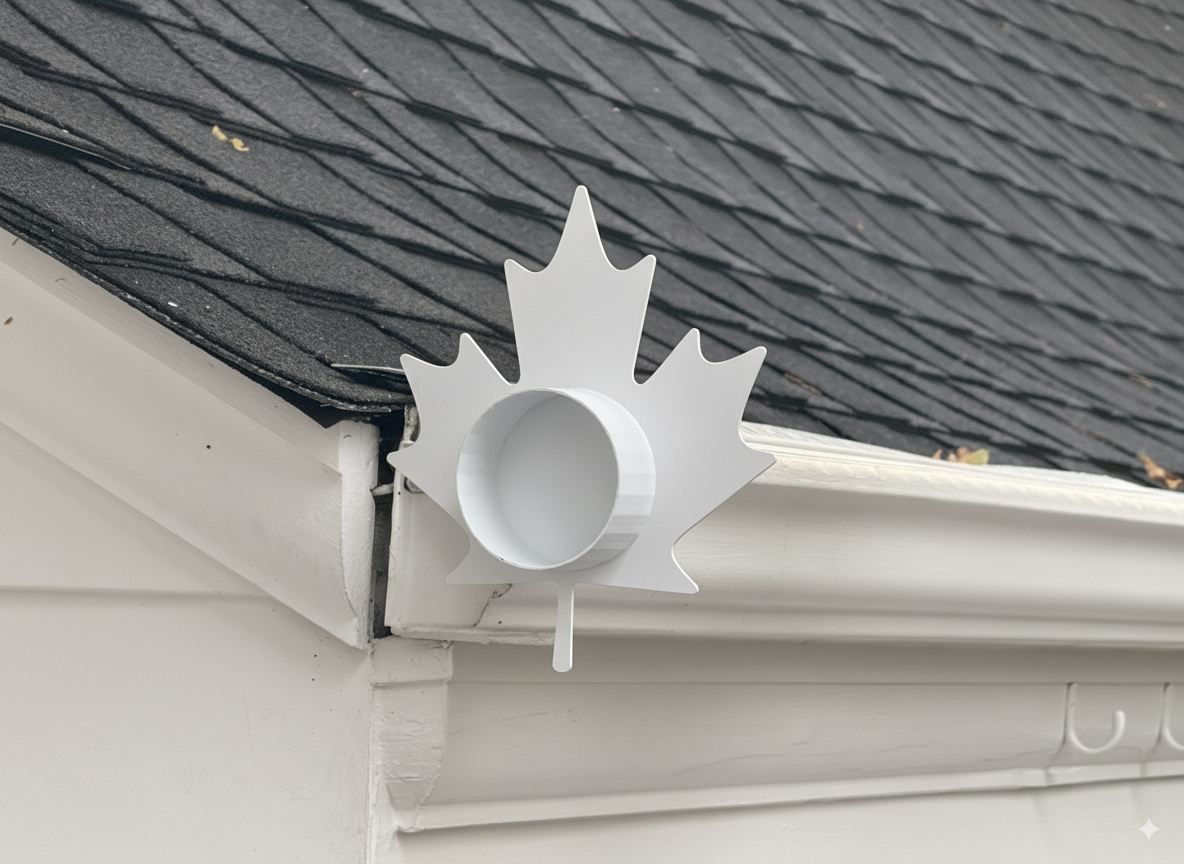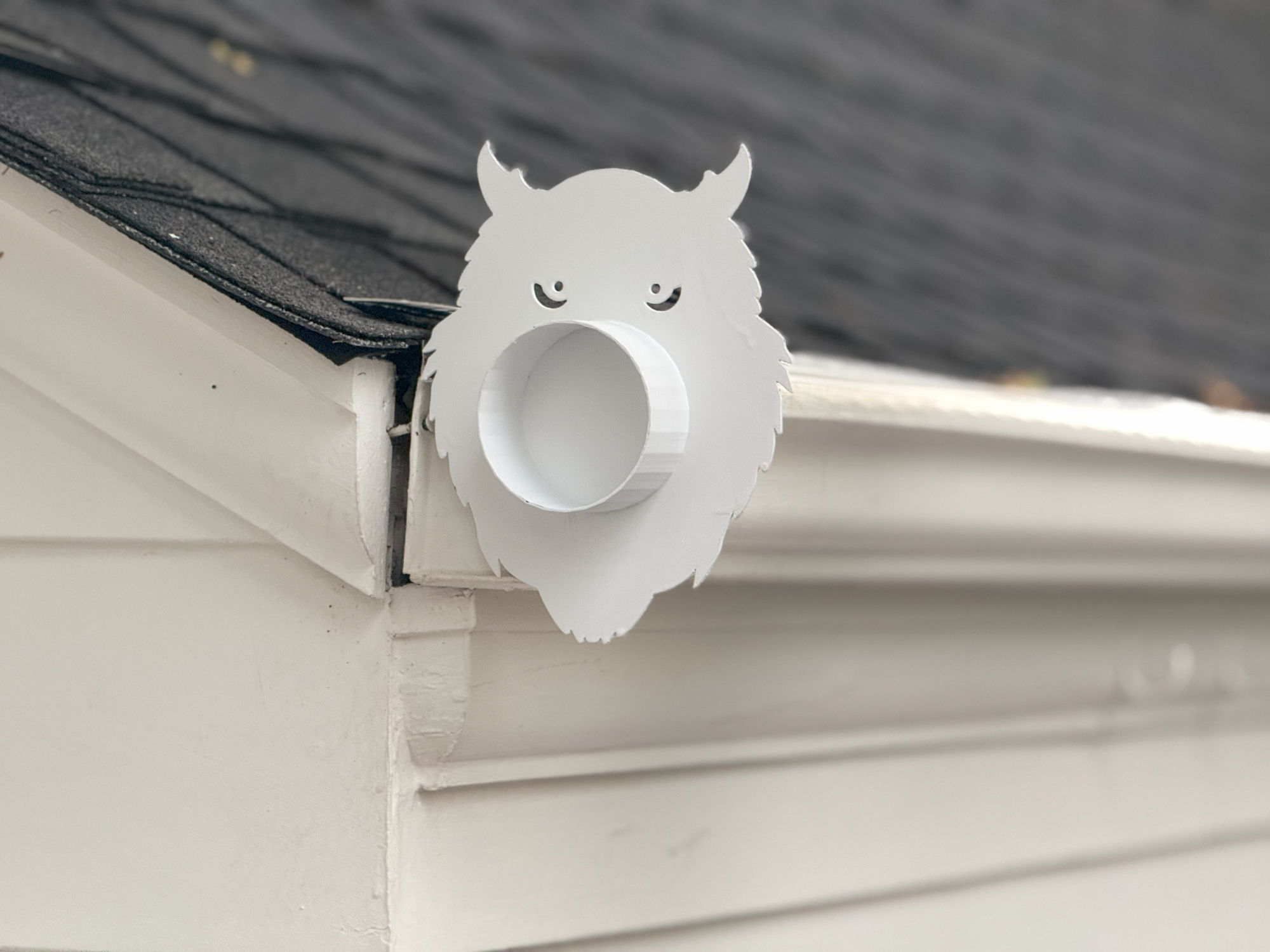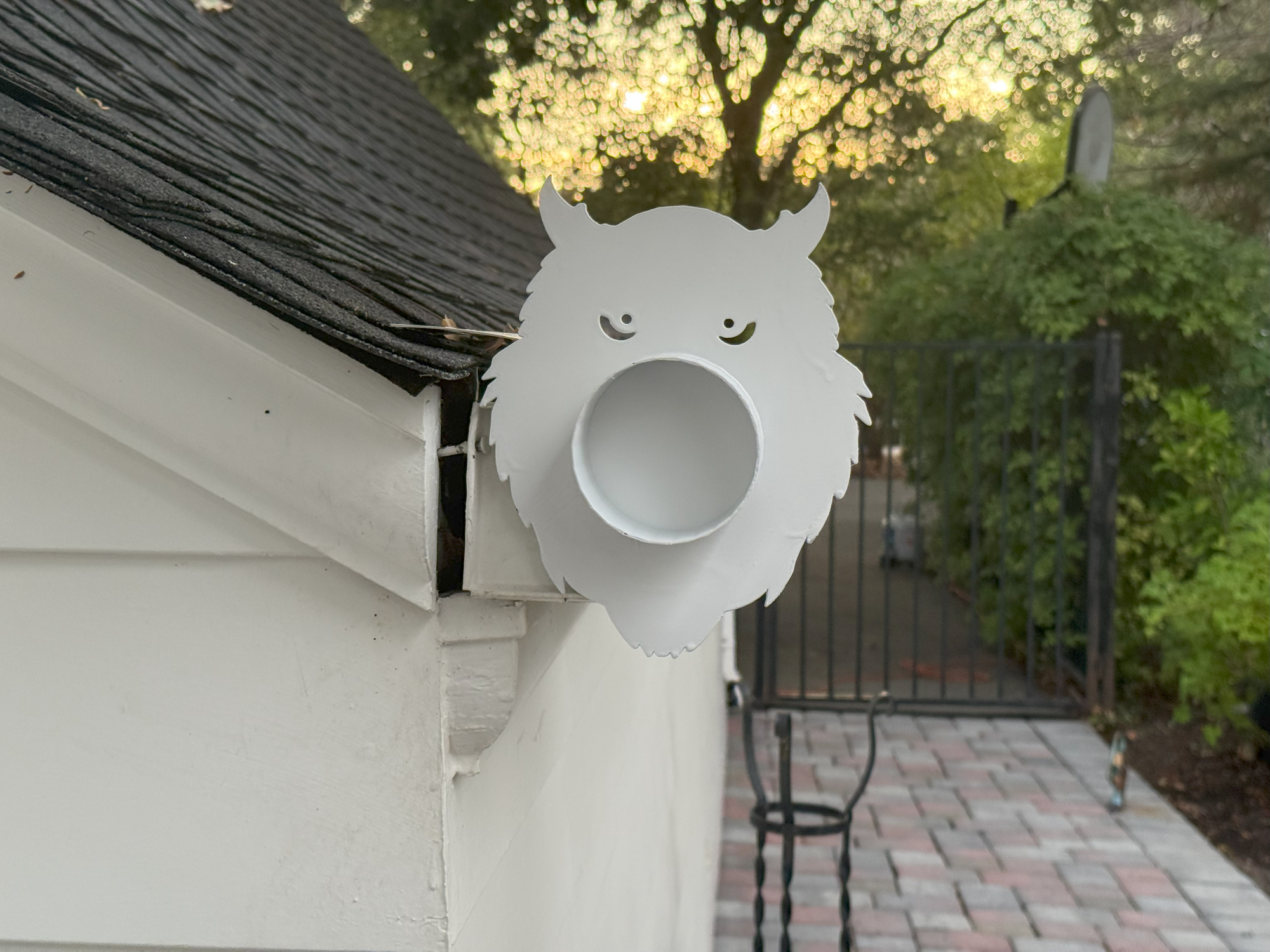Traditional Sauna vs Infrared Sauna — Which Is Better?
Affiliate disclosure: This post contains affiliate links. If you buy through them, we may earn a commission at no extra cost to you.
When it comes to saunas, you have two main options: traditional (heated air/rocks) and infrared (radiant heat). Both deliver excellent wellness benefits, but the experience, comfort, and setup differ. Here’s how they stack up.
Heat Source & Temperature
- Traditional Sauna: Heats the air with a stove and rocks. Typical range: 160–200°F. The “löyly” (steam) ritual is a highlight for many enthusiasts.
- Infrared Sauna: Uses infrared emitters to heat your body directly. Typical range: 110–140°F, often more comfortable for longer sessions.
Classic pick: high-quality traditional setup | Comfort-focused IR: best-selling infrared
Sweat Depth & Perceived Intensity
Traditional saunas drive a strong surface sweat via hot air, while infrared tends to penetrate deeper at lower temps, often perceived as a “deeper” sweat.
Deep-sweat IR option: popular infrared model
Health Benefits
Both styles may support circulation, detoxification, stress reduction, and muscle recovery. Traditional saunas win for ritual and group sessions; infrared is great for heat-sensitive users and daily recovery routines.
Training hard? See this athlete-oriented infrared pick.
Cost, Efficiency & Installation
- Traditional: May require dedicated space and ventilation; higher peak temps mean more energy demand.
- Infrared: Often plug-and-play, energy-efficient, and more affordable upfront.
Great starter IR: budget-friendly infrared | Premium full-spectrum: top-tier experience
So, Which Should You Choose?
If you love intense heat, steam rituals, and a classic vibe, go traditional (see this setup). For daily, comfortable sessions with easy install and efficiency, pick infrared (see this model).






